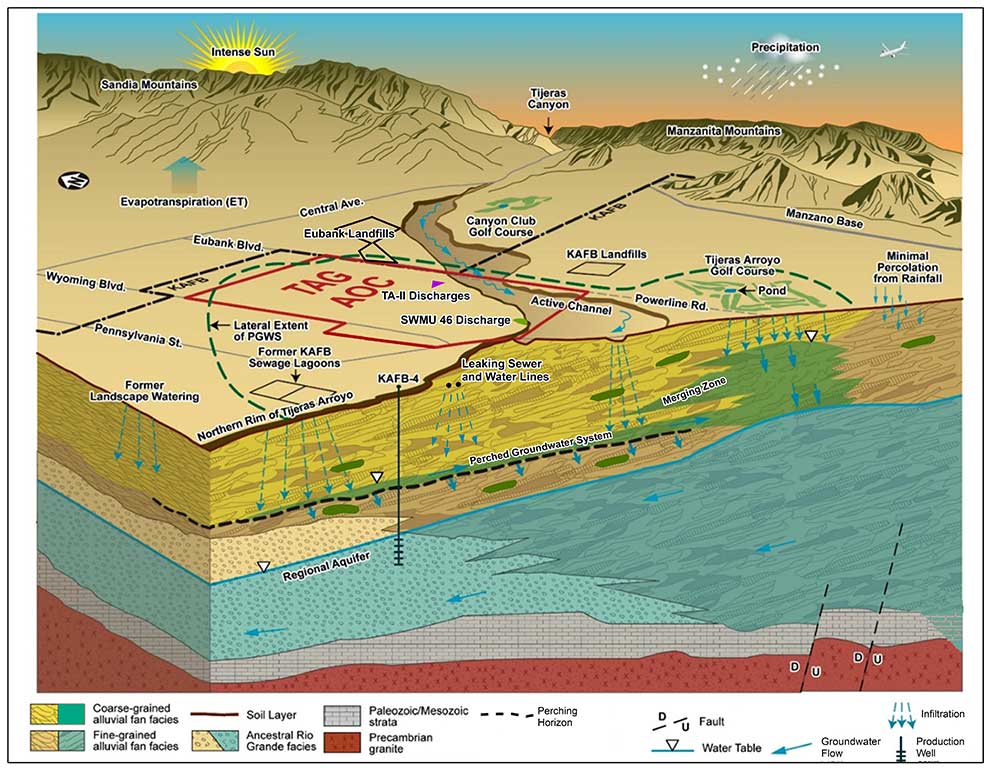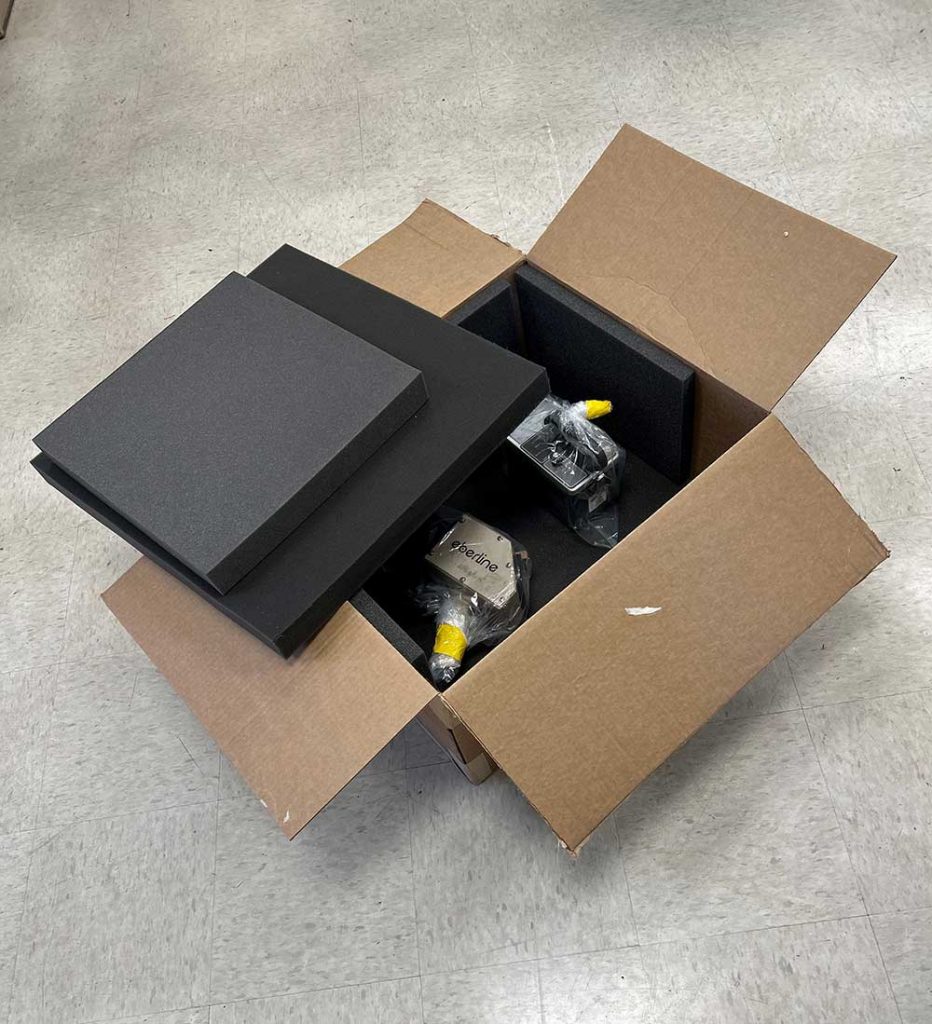Sandia’s commitment to the environment goes beyond just ensuring that our impact on natural resources is as minimal as possible. Sandia strives to look at environmental stewardship in new and innovative ways as well. As a part of Sandia’s celebration of Earth Day in April, two teams were recognized during the annual Environmental Excellence Awards for their work to manage environmental risks and improve our processes for dealing with waste. Sponsored by Environment, Safety and Health’s Environmental Management System, the awards recognize the accomplishments of members of the workforce who help the Labs reduce its impact on natural resources and show Sandia’s commitment to environmental stewardship.
For 2023, projects and activities were awarded in two categories: Above and Beyond and Grassroots.
Above and Beyond: Tijeras Arroyo Groundwater Corrective Measures Implementation Plan

What can be done when your efforts to improve the environment also have undesirable impacts on natural resources? Sandia’s Environmental Restoration and Stewardship Team, led by John Copland, thought about this question and identified a method for contaminated groundwater remediation that is less environmentally impactful and more sustainable.
“The team’s use of the monitored natural attenuation remedial method creates a far smaller environmental footprint, unlike alternative methods,” awards program lead Ben Henning said. “This method greatly reduces greenhouse gas and vehicle emissions by thousands of tons and poses the lowest safety risk to site workers.”
The Tijeras Arroyo monitored natural attenuation method will also save Sandia $150,000 a year due to a reduced frequency of groundwater sampling and analytical effort. Because it uses the existing network of groundwater monitoring wells, the cost over a 30-year duration will only be $8 million. Alternative methods carry projected costs of between $62 to $173 million because they would require the installation of extraction and injection wells, and increased sampling.
Grassroots: Lab Packing Material Re-Use Initative

Packing materials, while necessary to protect the important and often delicate equipment used at Sandia, pose a challenge when reducing waste generation. Sandia’s Radiation Protection team in California, working with the Labs’ Logistics group, have pioneered a new process to reuse soft foam packing materials for future shipments. Ben estimates the process will divert hundreds of cubic feet of foam from the landfill.
“By reusing this material, we are also reducing the amount of CO2 emitted in its production and we’re greatly reducing the cost of purchasing it new,” Ben said. “By taking the initiative and creating this process, the team’s work on this has potential Labswide impact and could serve as a model for other national labs to follow.”